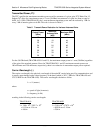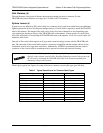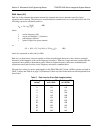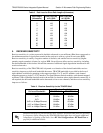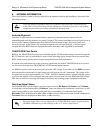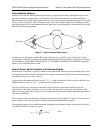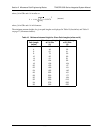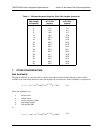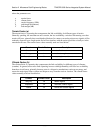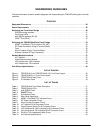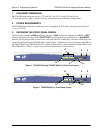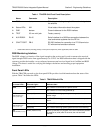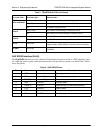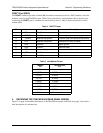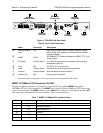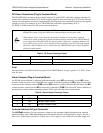
Section 2 Microwave Path Engineering Basics TRACER 6000 Series Integrated System Manual
28 Copyright © 2005 ADTRAN, Inc. 612806420L1-1F
where the parameters are
a terrain factor
b climate factor
f carrier frequency (GHz)
d path length (kilometers)
F fade margin (dB)
Terrain Factor (a)
The terrain factor is a quantity that compensates the link availability for different types of terrain.
Generally speaking, the smoother an area’s terrain, the less availability a wireless link running over that
terrain will have, primarily due to multipath reflections. In contrast, secondary microwave signals will be
randomly dispersed over rough terrain and will not interfere with the main signal lobe as badly as in the
smooth terrain case. The terrain factor values normally used are listed below:
Climate Factor (b)
The climate factor is a quantity that compensates the link availability for different types of climates
(weather). In general, microwave links operating in areas with high humidity will have less availability
than those in arid areas, primarily because water is a dispersive mechanism to microwave energy and
causes the main signal lobe to refract and disperse away from the receiver location. The climate factor
values normally used are listed below:
Terrain Terrain Factor Description
Smooth 4 water, flat desert
Average 1 moderate roughness
Mountainous 1/4 very rough, mountainous
Climate Climate Factor Description
Very Dry 1/8 desert regions
Temperate 1/4 mainland, interior region
Humid 1/2 humid and coastal regions



